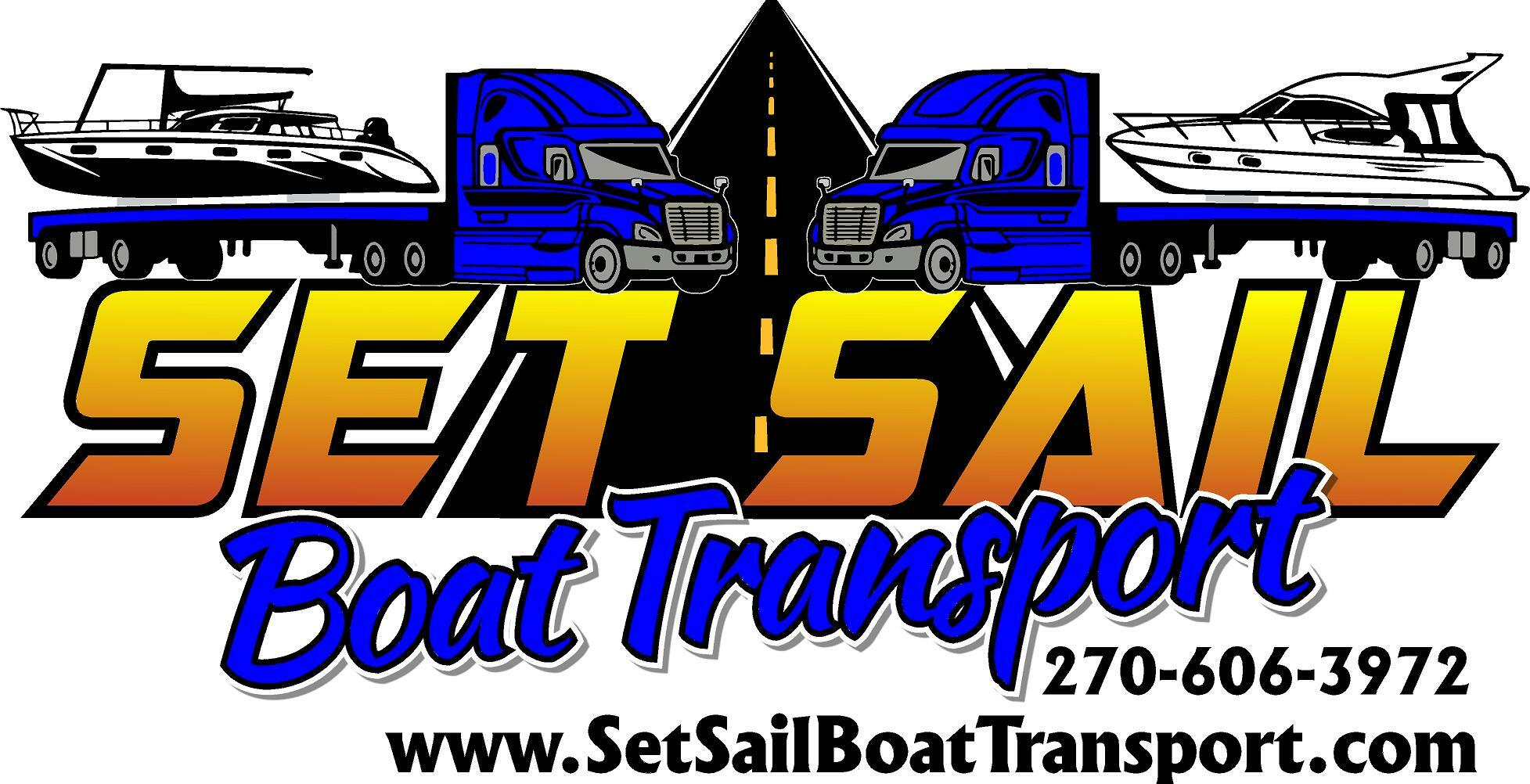
Close


Many boat owners face the challenge of unloading their vessel without harm. Learning how to lift a boat off a trailer safely is vital for maintenance, storage, or repairs. Doing this the wrong way can lead to costly damage, personal injury, or equipment issues.
With the right tools and techniques, you can handle the process effortlessly. We have explained proven methods and expert tips that can make boat lifting safer and easier for you.
If you’re thinking about how to lift a boat off a trailer, unloading your boat from a trailer requires patience and preparation. Having the right knowledge can help you protect both your boat and yourself. Follow these steps for safe handling:
Choose a level, solid surface to work on. Avoid uneven ground that can shift under weight. Have tools ready, such as a hydraulic jack, wood blocks, and boat stands. Keep a safety chain nearby to prevent movement. Wear gloves and closed shoes for safety.
Before lifting, check that the boat and trailer are stable. Chock the trailer wheels to prevent rolling. Disconnect electrical connections and ensure the winch strap is free. Double-check that nothing connects the boat to the trailer. Our boat trailer transport services can help you keep your hands clear of pinch points during setup.
Place a strong jack or blocks under the transom area. Slowly lift the stern a few inches. Slide supportive blocks or a stand beneath. Never raise the boat too quickly. Steady lifting avoids damage to the hull. Check the balance after every lift.
Once the stern is secure, move to the bow. Position the hydraulic jack under the keel and lift gently. Insert blocks or stands as support. Always double-check the balance before proceeding further. If the boat shifts, lower it slightly and adjust.
Switch between stern and bow to raise the boat evenly. Add blocks or boat stands as needed. Keep adjusting until the ship clears the trailer rollers or bunks. Lifting a boat evenly prevents pressure points and stress cracks.
Once the boat is fully supported, pull the trailer forward slowly. Watch for any weight shift. If the boat wobbles, stop immediately and add support. A steady process prevents stress cracks and other structural damage. Move the trailer out slowly until it clears completely.
After the trailer is out, confirm the boat rests evenly on blocks or stands. Push gently on the hull to check stability. Only move on when you feel confident that it is secure. Never leave tools or blocks loose under the hull.

Some boats are too large or heavy for personal lifting. If you lack tools or experience, call experts. Set Sail Boat Transport uses proven methods and specialized equipment, even if you need small boat transport services. We will help you minimize the risk of costly mistakes, along with time and effort. We handle lifting, transport, and secure placement with care, giving you complete peace of mind.
Yes, but only small boats. Larger vessels often require multiple people or professionals. Using a lift boat trailer or strong jacks improves safety and balance while unloading.
Always place the hull on blocks and boat stands. Make sure most of the weight rests on the keel and transom. Supporting side areas without keel support can cause cracks over time.
Yes. A hydraulic jack, solid blocks, and stands are essential. Using the right boat trailer setup and lifting tools reduces risks. Without these, both the hull and trailer may face serious damage.
Learning how to lift a boat off a trailer the safe way keeps your vessel protected and ready for use. From proper preparation to steady lifting, each step matters for safety. The right tools, techniques, and patience prevent damage and ensure stability. If your boat is large or the process feels risky, leave it to us.
Contact Set Sail Boat Transport, so we can provide expert help to make boat lifting and transport stress-free. Reach out today and let us handle the heavy work for you.